Are you planning to have a photoshoot in the near future? Do you want your photos to turn out great and make your memories last for years? If so, then it is important that you know how to properly prepare for one. A successful photo shoot doesn’t just rely on the photographer’s skills – there are several steps that need to be taken beforehand if you wish to achieve excellent results.
The first step is to choose the equipment and gear for your photoshoot session. Different photoshoots may require different pieces of equipment – so make sure to consider the subject and location of your shoot carefully before picking out what you’ll need. Don’t forget about items like batteries, lenses, memory cards, and other accessories that you might need in order to capture great shots [1].
Next, you need to decide on the perfect location for your photoshoot. Consider factors such as natural light sources, background scenery, and other elements that can influence how your photos turn out.
You should also consider the kind of clothing and accessories you will be wearing for the shoot. Choose colors and styles that flatter you, as well as items that reflect your personality. Don’t forget to bring a few different outfits along with you – this will give you more options when it comes to selecting poses and background settings. Accessories such as hats, scarves, jewelry, etc., can help add a unique touch to your photos.
From understanding exactly what kind of shoot will best match the occasion, all the way down to knowing how much time should be dedicated to each image within your session, this guide will provide critical tips and advice on how best to prepare for a photoshoot.
How To Prepare For Your Photo Session As A Model?
Pick Out Your Clothes Early
Choosing what to wear for your photoshoot is an important step in preparing for it. Pick out clothes that make you feel confident and comfortable, and that match the theme of the shoot. Make sure you have several options so you can change them during the session if needed.
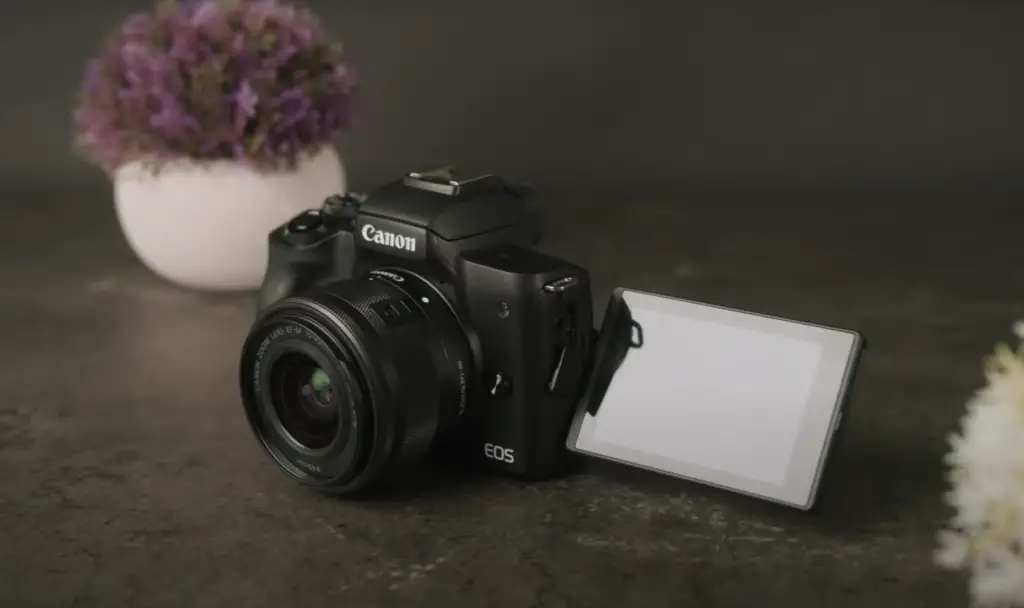
Check Your Hair and Makeup
Before your photoshoot begins, check your hair and makeup to make sure it looks perfect! If you don’t plan on doing your own makeup, consider having a professional help you get ready. You can also practice different poses with a friend or family member beforehand. This will help you feel more natural and confident in front of the camera when it’s time to start shooting.
Gather Your Props
Gather any props or items you may need for the shoot. If you’re working with a photographer, make sure that they provide any necessary items such as backdrops or lighting equipment.
Arrive On Time
This will give you enough time to get ready and go over any last-minute details before you begin shooting. It’s also important to take your time during the session so that everything looks perfect in each shot [2].
Eat, Drink, and Rest
Before your photoshoot, make sure to eat a healthy meal and drink plenty of water. This will help ensure that you’re energized and alert throughout the session. You should also try to get a good night’s sleep beforehand so that you look your best on camera.
Bring The Necessities
Bring anything you may need for your photoshoots such as extra clothes, makeup, and props. It’s also a good idea to bring snacks or drinks so that you can stay energized throughout the session.
By following these tips, you can ensure that your photoshoot is a success! With the right preparation and positive attitude, you’ll be sure to look amazing in all of your photos. Good luck!
Post-Session Care
After the photoshoot is finished, it’s important to take some time to relax and unwind. Make sure to drink plenty of water and eat a nutritious meal afterward. If possible, take a short walk or go outside in nature
Get On The Same Page As Your Photographer
It’s important to have a clear understanding of your photographer’s goals and expectations before the photoshoot begins. Talk to them about what they want to accomplish with the session, as well as any particular shots or poses they may be looking for. This will help ensure that you both are on the same page and that you can create beautiful photos together.
Pre-Plan Locations and Poses
If you’re working with a photographer, consider pre-planning locations and poses before the photoshoot. This will allow you to save time on the day of the session and ensure that your shots are varied and interesting.
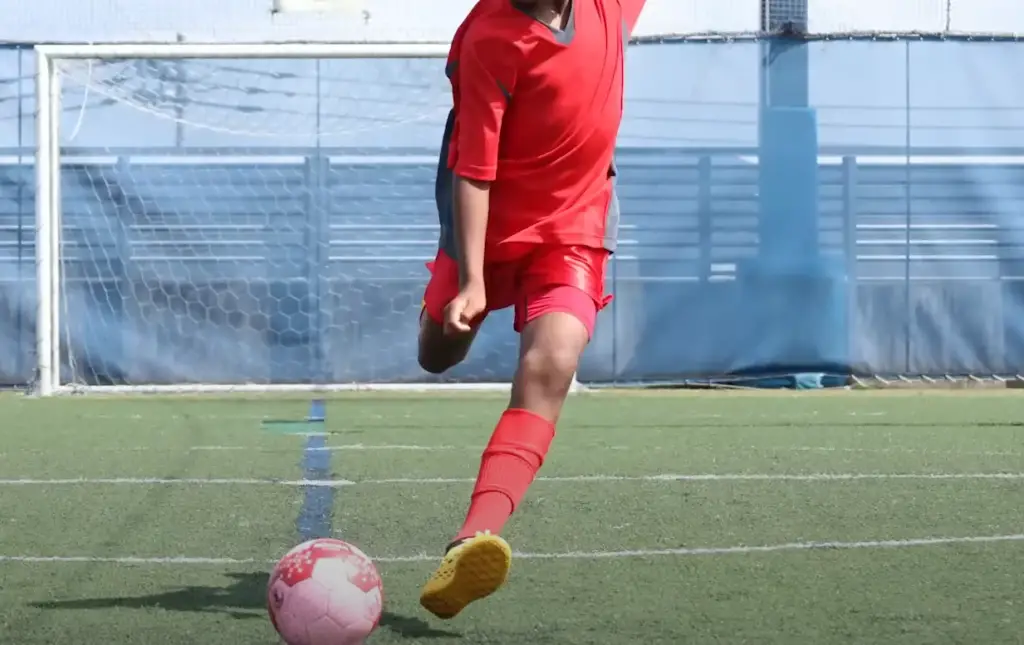
Have a Back-Up Plan
You should always make sure you have enough lighting, props, memory cards, batteries, and lenses on hand in order to adjust quickly if needed.
Additionally, try to bring a few wardrobe changes or different angles of the same outfit. This will give you several options to choose from when editing images later.
Lastly, scout the location beforehand so that you can anticipate any potential issues that might occur during the shoot.
Know What Happens After the Shoot
Once the photoshoot is complete, it’s important to know what happens next. It’s a great idea to discuss what you expect with your photographer prior to the shoot so that you can be sure of the timeline and have an understanding of how long it will take for images to be edited and delivered. Additionally, make sure that you understand who owns the copyright of any images taken during the photoshoot. Knowing this ahead of time can help avoid any unpleasant surprises down the line!
How to Prepare for a Photoshoot As a Photographer?
Work on the Model and Location Ideas
Before you start, it’s important to decide who will be in the photoshoot and where it will take place. If you know what kind of look you want the models to have, consider researching makeup artists or hairstylists who can help them achieve this style. Once you’ve decided on the model(s), scout out a few potential locations that fit your vision for the shoot.
Choose Your Camera Gear
The time has come to pick out your camera gear! For most shoots, a DSLR with interchangeable lenses is best – but if budget or space is an issue, there are plenty of mirrorless cameras that are great options as well. Make sure to choose appropriate lenses depending on the location of the shoot and the type of images you’re hoping to create.
Create an Excellent Concept
Before you start shooting, take some time to plan out your concepts and poses. Look through magazines or online for inspiration, or brainstorm with the model about ideas they’d like to try. The more creative you can be with the concept, the better!
Set Up a Test Shoot
If possible, it’s always good practice to set up a test shoot with the model. This will give you both an opportunity to get comfortable in front of the camera and ensure that everyone is happy with how things are going before moving on to the actual photoshoot. Plus, during this time you can figure out what kind of lighting works best for each pose and location.
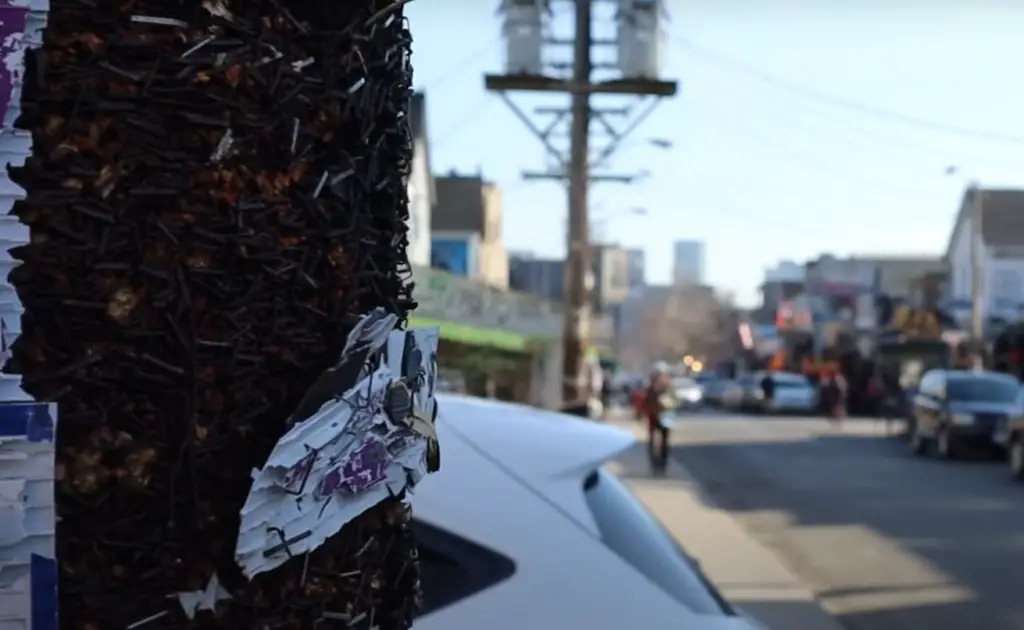
Check the Location
The day before the photoshoot, take some time to visit the location and make sure it’s suitable. Check for things like good lighting, clutter-free backgrounds, and any potential obstacles that could get in the way of your shoot.
Have a Checklist of Tools to Bring on the Set
1) The Type of Lenses to Take
Before the photoshoot, make sure to bring the right lenses that will work with your camera. You may need long-range zoom lenses if you plan on taking portraits or wide-angle lenses for landscape shots. Researching what type of lens might be best for the type of shoot you’re planning can help ensure that you have all the necessary equipment when it’s time to start shooting [3].
2) The Right Lighting Equipment
Lighting is one of the most critical components of any photoshoot. Natural light won’t always provide enough illumination, and in some cases, such as studio shoots, flash lighting is essential.
3) Preparing the Right Camera Settings
Before you start your photoshoot, take a few minutes to set up your camera settings for the kind of photos you want to take. This includes setting the ISO, aperture, and shutter speed. Also, consider bringing along spare equipment in case something malfunctions during the shoot. Having backup batteries and memory cards can help make sure that nothing cuts short your photoshoot unexpectedly.
4) Wide-Angle Lens
Wide-angle lenses are great for capturing wide vistas and landscapes. They also allow you to capture a lot of detail in a single shot. When using wide-angle lenses, make sure to set your camera up on a tripod so there’s no risk of blur or camera shake. Additionally, when composing your shots with a wide-angle lens, look out for converging lines and objects that may appear distorted in the frame due to the wider view of the lens.
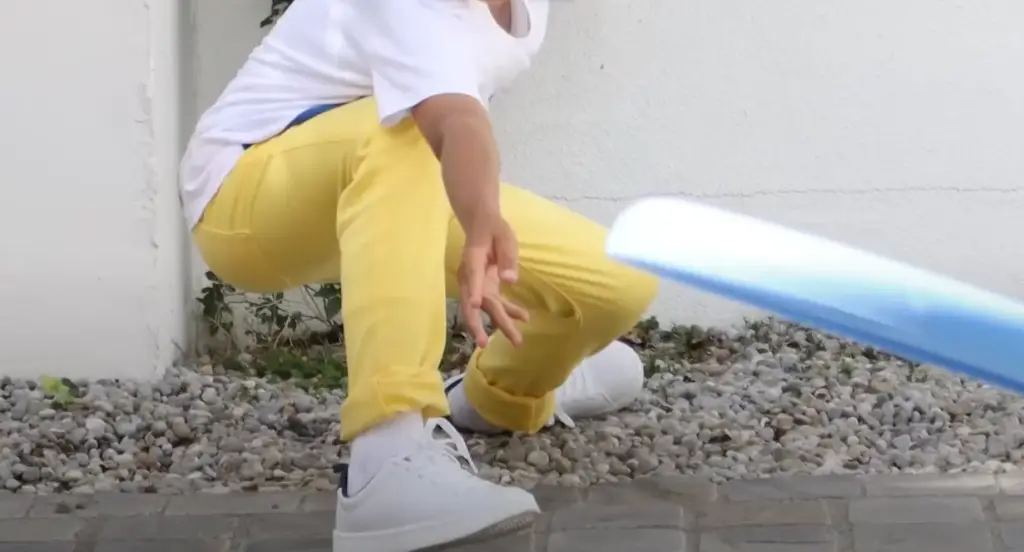
5) Telephoto Lens
For portrait photography, telephoto lenses are an essential tool. These lenses help you take close-up photos from far away by magnifying the image so it appears larger than it actually is. Experimenting with different focal lengths and apertures can help you take the best possible photos, whether it’s of a single person or a large group.
6) Specialty Lenses
For more creative shots and unique perspectives, consider investing in specialty lenses such as tilt-shift and fisheye lenses. Tilt-shift lenses allow you to control perspective by shifting the plane of focus while fisheye lenses give your images a distorted, curved look to them. Having these kinds of lenses on hand can help open up more possibilities for how you photograph your subject matter.
7) Silver Reflector
Reflectors are a great way to add more light to your subject without having to use additional flash lighting. Silver reflectors, in particular, can be used to give your photos an airy and soft feel. These reflectors tend to have a warmer tone than white or gold ones, so make sure you consider what type of atmosphere you’re trying to create with the shoot when deciding which reflector to bring.
8) Extra Memory Cards
Although we all hope that nothing goes wrong during a photoshoot, it’s always wise to bring along extra memory cards just in case something malfunctions or fails. This helps ensure that you don’t lose any important data, especially if the shoot is taking place over several days.
9) Fill Flash
Fill flash, or the use of a strobe light to fill in dark shadows in your photos can be incredibly useful for creating more dynamic and interesting shots. Fill flash is especially helpful for outdoor settings where there are harsh differences between light and dark areas in the frame. This can help create a more balanced look that appears natural and well-lit at the same time. Investing in good quality lighting equipment can help ensure you get the most out of these kinds of shoots [4].
10) Portable Backdrops
If you plan on doing any studio-style photoshoots, it’s important to bring along portable backdrops with you. These will make it much easier to quickly set up a backdrop wherever you’re shooting, allowing you to create a more professional-looking setup that’s perfect for your clients. Consider researching what types of backdrops would work best in different settings as well as how to set them up and take them down quickly. This can help save time and make the process of setting up photoshoots much easier.
11) Color Gels
For more creative shots, consider bringing along color gels which are transparent sheets of colored plastic that are placed over lights to give them different colors. These can be used for a variety of effects such as creating colorful backgrounds or adding an interesting tint to a single part of the frame. Having these on hand can open up even more possibilities for how you photograph your subjects and can help bring your images to life.
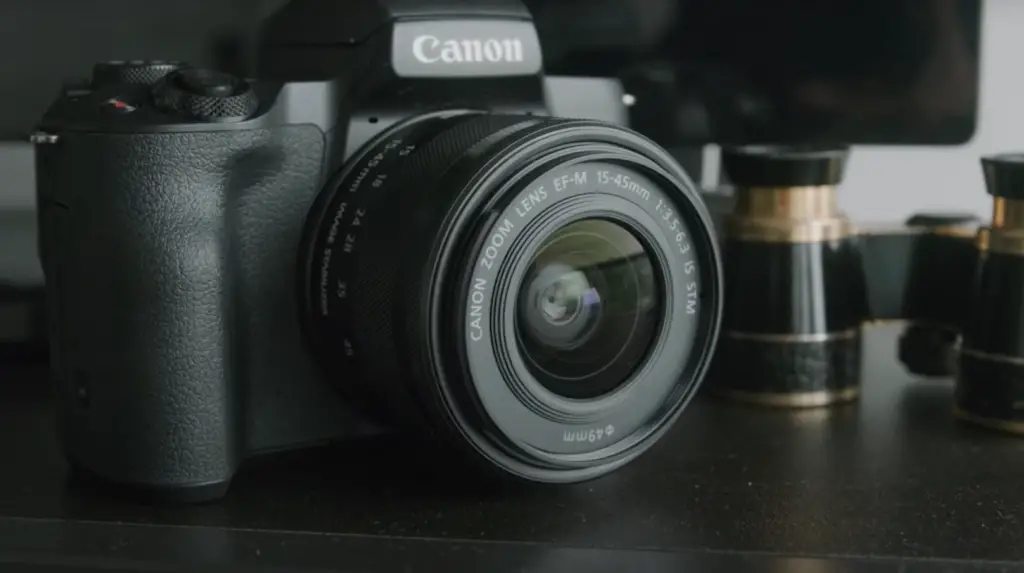
12) Extra Batteries
Like with memory cards, having extra batteries on hand can be incredibly useful in case one of them runs out during the shoot. This is especially true if you’re shooting over several days or in an area where you don’t have easy access to a power source.
Preparation Before the Shoot
Finalize the Plan
Before the shoot can begin, it’s important to make sure everyone is on the same page. You’ll need to finalize a plan that outlines all the details of the photoshoot including the date and time of the shoot, location, number of people involved, wardrobe requirements, props needed, and makeup and hair styling needs. This will ensure that everyone knows what is expected and help avoid any misunderstandings or delays during the photoshoot.
Review Your Equipment Checklist Again
Make sure all your equipment is in working order before the shoot. Test out all your lighting, lenses, and other equipment to make sure they’re functioning properly. Having everything ready ahead of time will help you avoid any delays or mishaps during the shoot.
Clean and Retest Lenses and Filters
Dust, dirt, and scratches can interfere with your photos. Before the photoshoot, be sure to clean all lenses and filters with a microfiber cloth and retest them for clarity. This will also help you avoid any problems or delays during the shoot.
Familiarize Yourself With Your Location
Take some time to familiarize yourself with the location of the shoot before it begins. Walk around the area and get an understanding of what to expect when it comes to lighting, shadows, background elements, etc. This will help you plan out where you want to place your subjects and how you’ll use any props or equipment available at the location.
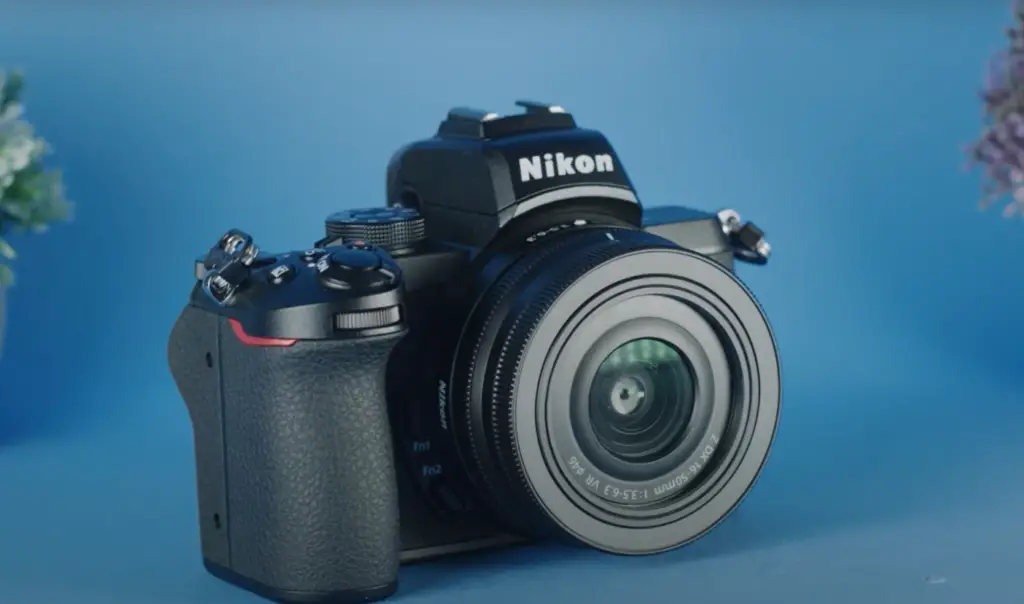
Charge the Cameras’ Batteries
Make sure all the cameras’ batteries, including any backup batteries, are fully charged before the shoot. This will help you avoid any delays or mishaps due to a drained battery during the shoot.
Check and Verify the Location Address
Before heading to the photoshoot, it is important to check and verify the address of the location. It is always a good idea to double-check the address in case of any changes or updates. Once you have verified the address, make sure that you plan your route well in advance and allow enough time for travel so that you arrive at least an hour early for the shoot. This will give you some time to get familiar with the area and set up your equipment before starting the actual shoot.
Review the Camera Settings and Make the Necessary Changes
Once you have arrived at the photoshoot location, it is important to review the settings of your camera. This includes making sure that all of the basic functions are working properly and that all of your lenses are in good condition. Additionally, make sure that any additional features or accessories like flashes or remote triggers are also accurate and ready to go for the shoot [5].
Talk with Clients, Models, and Assistants About the Shoot
Communication is key for a successful photoshoot. Before starting to shoot, it can be helpful to talk with your clients, models, and assistants about what they want from the shoot. Discussing any specific ideas or shots that they may have in mind can help you build an overall concept for the photos. Additionally, it is important to discuss expectations to ensure that everyone is on the same page when it comes to final results.

Check the Weather Forecast
Weather can drastically affect a photoshoot, so it is important to check the forecast ahead of time. This way you can prepare for any sudden changes in weather and adjust your shooting plan accordingly.
Additionally, make sure you have extra clothing or gear available in case of rain, snow, wind, or other elements that may be present during the shoot. With proper planning and preparation, you should be able to capture great photos regardless of weather conditions.
The Day of the Photoshoot
Talk Again with the Clients About the Details
On the day of the photoshoot, it is important to touch base with your clients about their expectations for the shoot. Make sure that you understand all of their instructions and take any additional information they may give regarding poses or locations. Arrive at the location on time, and have everything you need to be prepared before meeting up with your clients.
Envision the Photoshoot Setup
Once you’ve arrived at the location, take a few minutes to familiarize yourself with the space and envision how you would like to set up for the shoot. This will help you save time when it comes to actually setting up your equipment. Think about things such as lighting, backdrops, props, and any other special details that will add value to your photos.

Set Up Your Equipment
Now it’s time to get started on setting up all of your camera gear and other necessary components for capturing beautiful photos. Make sure that all of your cameras are set correctly and that the lenses are clean before taking any shots. Assemble light modifiers, tripods, dollies, or anything else you may need.
Make Sure Clients Feel Comfortable
It is important that clients feel comfortable while they are posing in front of the camera. Put them at ease by providing guidance and direction during the session. Make sure to communicate with your clients often, so you can make any adjustments as needed [6].
Take Test Shots and Adjust the Settings
Once everything has been set up, take some test shots to ensure that all settings are correct. This will give you an opportunity to make any necessary adjustments before taking real photos with your clients. You can also use this time to warm up and get into a creative mindset for the photoshoot.
Be Mentally Ready to Capture High-Quality Photos
The most important step of all is to be mentally prepared to capture high-quality photos. Make sure that you are confident in your abilities and focus on the task at hand. Do not let any distractions take away from the creative process. Just remember to relax and enjoy yourself as you create amazing images!
Communicate with People on the Set and Stay Proactive
Finally, make sure to communicate with people on the set and stay proactive throughout the photoshoot. This will ensure that everyone is on the same page and that you are all working together towards creating beautiful photos. Additionally, listen to any feedback from your clients or other colleagues during the shoot – this could help you improve your work in the future!
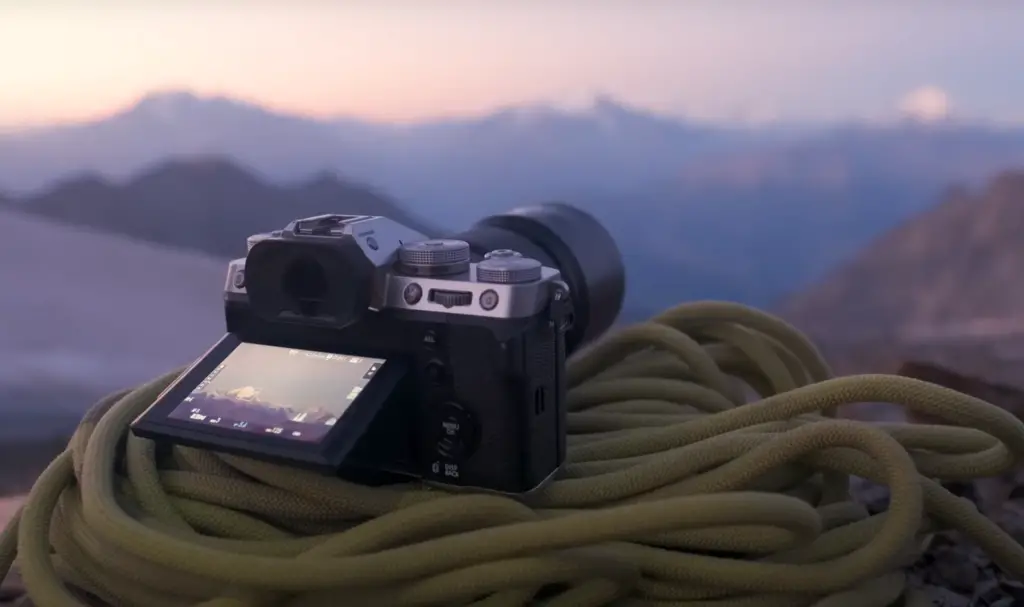
Extra Tips for Photoshoot Preparation
- If possible, scout out the location ahead of time. This will give you a better idea of where to set up props, lighting, etc. before the shoot begins;
- Bring a few extra outfits – even if you’re certain that one outfit is your star look, having another option can come in handy should something go wrong with your initial choice or if you decide you want to switch it up during the shoot;
- Have snacks available throughout the day so everyone involved in the shoot stays energized and on task throughout their time there;
- Bring along someone to help with the shoot – a second pair of hands is always useful, whether it’s helping with setting up props or assisting with wardrobe changes [7];
FAQ
How do you prepare your body for a photoshoot?
If you want to look your best for a photoshoot, there are several things you can do to prepare:
- Make sure you get enough sleep the night before, drink plenty of water throughout the day, and eat healthy meals;
- Exercise regularly leading up to the shoot, as this will help tone and sculpt your body. If you’re looking for ways to accentuate certain features in your face or body, consider doing facial yoga exercises or using a bronzer or contouring makeup;
- Lastly, practice posing in the mirror so that you’re comfortable with how you look when it’s time for the shoot;
What not to do before a photoshoot?
It’s important to avoid doing anything that could make you look worse. Avoid tanning, as this can lead to an unnatural look. Don’t try any new products on your skin or hair before the shoot either, as they can cause irritation or a reaction. Make sure you don’t get sunburned the day of the photoshoot either, as it will be hard to edit out in the final images. Lastly, if you want to exude confidence and poise during your photoshoot, stay away from drinking alcohol or caffeine beforehand.
How do you look good before a photoshoot?
Aside from the tips mentioned above, there are other things you can do to look great for your photoshoot. Make sure you’re wearing flattering clothing that will accentuate your best features. Put on a light layer of makeup and use a setting spray to ensure it stays put throughout the shoot. Consider bringing accessories like jewelry or scarves to add more dimension to your photos. Lastly, practice smiling in advance so that you feel more confident when it comes time for the photos [8].
How do I not be awkward in a photoshoot?
Although it’s normal to feel a little awkward in front of the camera, there are some things you can do to relax and appear more natural:
- Start by taking some deep breaths while the photographer is setting up, as this will help calm any jitters; It might also help to have someone you trust with you during the photoshoot, such as a friend or family member, who can encourage you and make sure everything looks natural;
- Try to focus on having fun during the shoot – take breaks between poses if you need them and enjoy yourself! This will come through in your photos;
How can I feel confident before a photoshoot?
Feeling confident for a photoshoot can be difficult, but there are steps you can take to help boost your confidence:
- Start by setting positive affirmations for yourself and repeating them in the days leading up to the shoot;
- Wear clothes that make you feel comfortable and embrace any unique features that you have;
- Have conversations with the photographer beforehand so they understand what kind of look you’re going for, as this will give you more control over how the photos turn out;
- Lastly, remember that everyone looks awkward in front of the camera – it’s all about finding poses and angles that flatter your body best;
Should you drink water before a photoshoot?
Yes, you should definitely drink water before a photoshoot. Staying hydrated is important for your overall health and can help you look more vibrant and alert in your photos. Plus, if you’re feeling thirsty during the shoot it can be distracting, so it’s best to come prepared with plenty of water on hand.
Additionally, drinking water will help keep your skin looking smooth and youthful – an important element in great-looking photos! So make sure to drink enough water beforehand and bring a bottle with you just in case.
Should I shower before a photoshoot?
If you have time, taking a shower before a photoshoot can help make you feel extra fresh and confident. However, depending on the type of shoot you’re doing, it may not always be necessary.
If the shoot is outdoors or for a swimsuit look, for example, it’s probably best to wait until afterward to take a shower so your skin doesn’t look too oily in the photos.
On the other hand, if the photoshoot involves more close-up shots or is indoors with controlled lighting, it may be worth showering beforehand so that your skin looks flawless in the pictures. Ultimately, it’s up to you – just use your best judgment!
What colors make you look thinner in pictures?
A few colors can make you look thinner in pictures. Darker colors like navy, black, dark grey and dark green are flattering because they create the illusion of slimness. Wearing clothes with vertical stripes or patterns can also help elongate your figure and make you appear slimmer. With this in mind, try to avoid horizontal stripes or lighter colors as these can make areas of your body look larger than they really are. In addition, wearing clothing that fits well (not too tight or too loose) will give you a more streamlined appearance in photos. Lastly, accessorizing is important—try adding scarves and jewelry to complete your look!
What makes a face more photogenic?
Faces are the primary focus of most photoshoots, so it is essential to be aware of how to make them look their best in photos.
To help give your face a more photogenic look, you can try some simple techniques such as [9]:
- Smiling with your eyes. Smiling with your mouth will create shadows and wrinkles on your face that may not be as flattering in photos. Instead, try smiling with your eyes by squinting slightly or making an “O” shape with your lips, creating a naturally happy expression;
- Relaxing your face muscles. If you tense up too much or make exaggerated expressions during the photo shoot, it could end up looking unnatural and awkward in the final photos. Relaxing your face and focusing on more subtle, natural expressions will help create a more photogenic look;
- Highlighting facial features. If you have any facial features that you’d like to accentuate (like cheekbones, jawline, etc.), try using makeup or light to highlight them in the photo. You can use bronzer to contour areas of your face or strategically place a light source to make certain features stand out;
Useful Video: How MODELS Prepare for a Photoshoot
References
- https://mikeglatzerphotos.com/how-to-prepare-for-your-photo-session-a-complete-guide/
- https://calebtakesphotos.com/blog/how-to-get-ready-for-a-photoshoot
- https://trafft.com/how-to-prepare-for-a-photoshoot/
- https://www.emilylondonportraits.com/blog/2012/10/24/photoshoot-prep
- https://romanfitnesssystems.com/articles/how-to-prep-for-a-photoshoot/
- https://expertphotography.com/prepare-photo-shoot/
- https://www.bwillcreative.com/how-to-prepare-for-a-photoshoot/
- https://www.squareshot.com/post/preparing-your-products-for-a-photoshoot-insider-tricks
- https://www.photowant.com/2021/08/20/how-to-prepare-for-your-photoshoot/






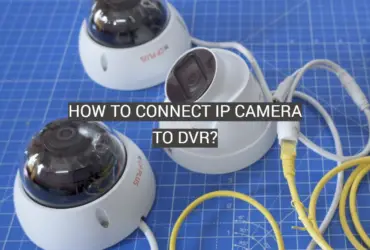


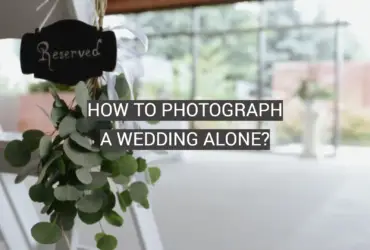
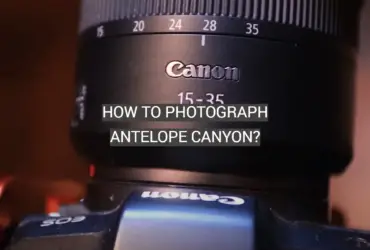
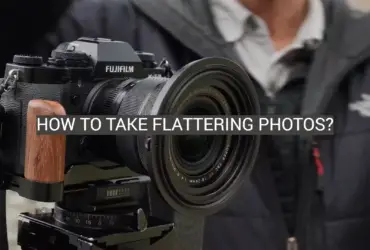
Leave a Reply